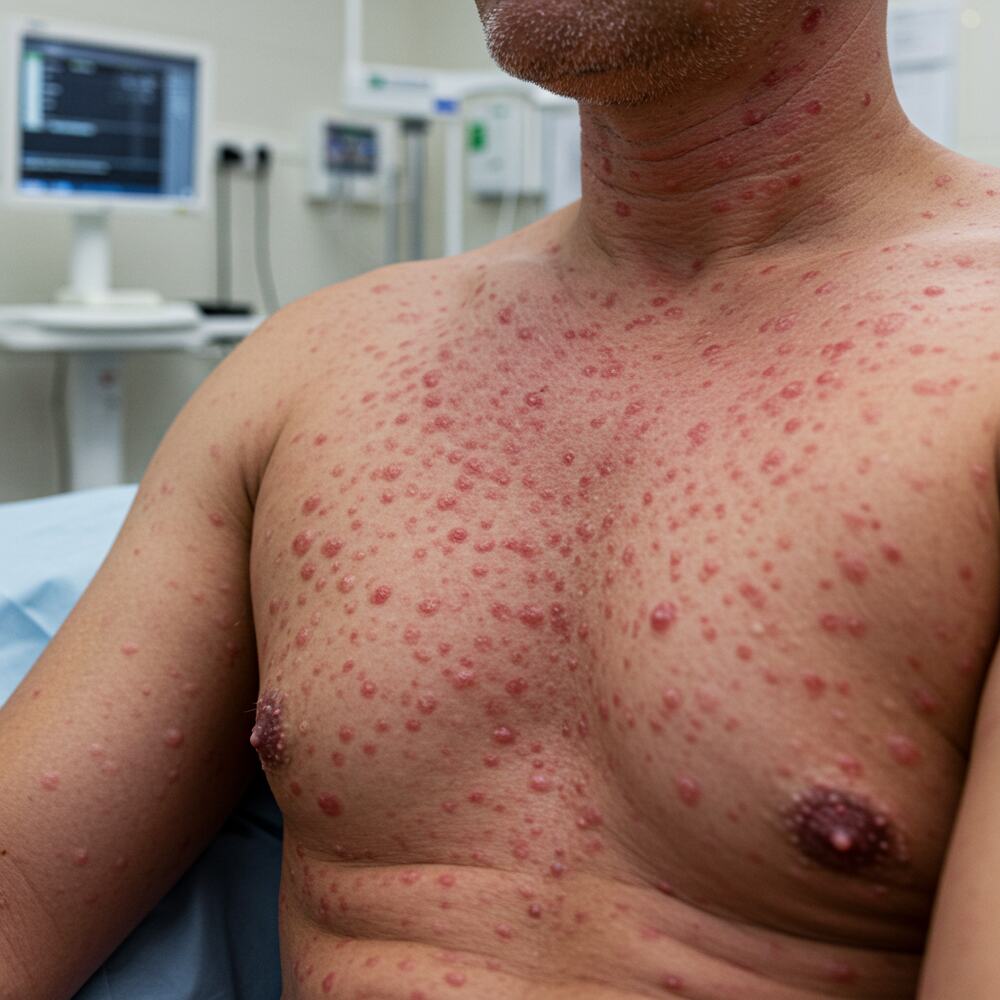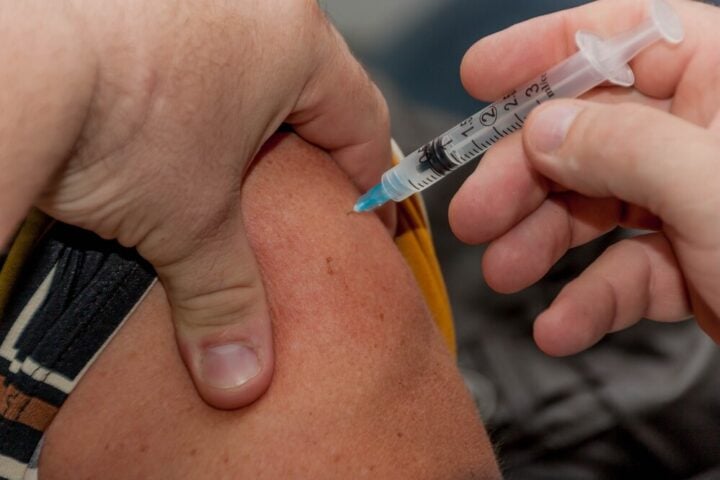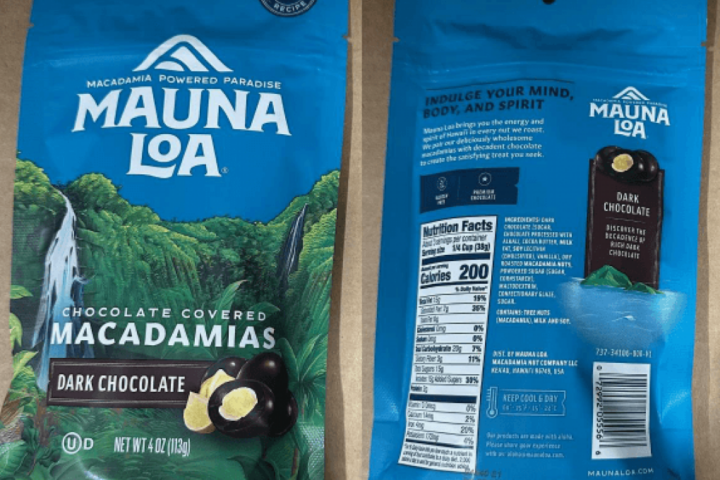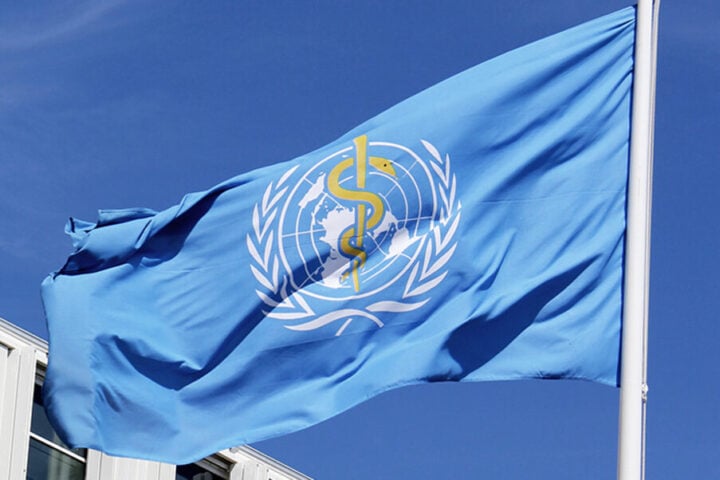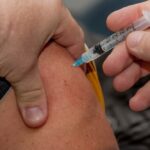Texas health officials reported 59 new measles cases over just three days, pushing the outbreak total to 481 confirmed infections across 19 counties. The outbreak, centered in western Texas, has resulted in 56 hospitalizations and one death of an unvaccinated school-aged child with no known underlying conditions.
“We’re continuing to see a rise, and so it certainly does tell us that we’re not quite in a place yet where the outbreak has been contained,” said Dr. Sapna Singh, chief medical officer for Texas Children’s Pediatrics in Houston.
The Texas Department of State Health Services (DSHS) data reveals that nearly all cases involve unvaccinated individuals or those with unknown vaccination status. Only three cases occurred in people who received one dose of the measles, mumps, rubella (MMR) vaccine, and seven cases in those with two doses.
Children have been hit hardest. Those aged 5-17 account for 180 cases, while children under 4 make up 157 cases. Gaines County remains the epicenter with 315 confirmed infections – affecting more than 1% of the county’s 22,892 residents.
The outbreak has spread to a Lubbock daycare center where six young children between 5 months and 3 years old have tested positive. None were fully vaccinated against measles.
“From what I’m being told, the CDC doesn’t have a playbook for this,” said Maegan Messick, co-owner of Tiny Tots U Learning Academy, where approximately 230 infants, toddlers, and preschoolers attend. “We’ve just had to make judgment calls.”
Health officials warn that other childcare facilities face similar risks. “I think we’ll have additional outbreaks in other day care centers,” said Katherine Wells, Lubbock’s public health director. “This isn’t going to be the only one.”
Similar Posts
The Texas outbreak has already spread to neighboring states, with the CDC confirming 607 measles cases across at least 21 states this year – more than double the 285 cases reported during all of 2024.
Measles spreads through the air when an infected person breathes, coughs, or sneezes. The virus is highly contagious – one infected person can spread it to 90% of unvaccinated people nearby.
“This is an unfortunate part of just declining vaccine rates, not just within the country, but internationally as well,” Dr. Singh explained.
Two doses of the MMR vaccine provide 97% protection against measles, while one dose is 93% effective. Children typically receive their first dose at 12-15 months and the second between ages 4-6. However, in outbreak situations, the first dose can be administered as early as 6 months.
Beyond the immediate illness, measles can cause serious long-term complications. These include pneumonia, encephalitis (brain inflammation), and in rare cases, subacute sclerosing panencephalitis (SSPE) – a fatal neurological disease that can develop 7-10 years after infection.

The CDC recommends vaccination as the best protection. “Our greatest defense against the infection is vaccination,” Dr. Singh emphasized. “Texas Children’s pediatrics, we are really encouraging families to come in speak with their pediatricians if they think their child needs a vaccine.”
The World Health Organization noted that cases in Mexico have been linked to the Texas outbreak, highlighting the international implications of local outbreaks in undervaccinated communities.
Frequently Asked Questions
The current measles outbreak in Texas is very serious, with 481 confirmed cases across 19 counties as of April 4, 2025. The outbreak has resulted in 56 hospitalizations and one death of an unvaccinated school-aged child. It’s the largest measles outbreak in the United States in six years, and cases continue to increase, with 59 new infections reported in just three days.
Unvaccinated individuals, especially children, are at highest risk. The data shows that nearly all cases involve unvaccinated people or those with unknown vaccination status. Children have been hit hardest, with those aged 5-17 accounting for 180 cases and children under 4 making up 157 cases. Infants too young for vaccination (under 12 months) are particularly vulnerable, as are pregnant women and people with weakened immune systems.
The MMR (measles, mumps, rubella) vaccine is highly effective. One dose provides about 93% protection against measles, while two doses offer approximately 97% protection. The current outbreak data supports this – out of 481 cases, only 10 cases are among vaccinated individuals (3 with one dose and 7 with two doses). This demonstrates why vaccination is considered the best protection against measles infection.
Early measles symptoms include high fever, cough, runny nose, and red, watery eyes. Two to three days after symptoms begin, tiny white spots (Koplik spots) may appear inside the mouth. Three to five days after symptoms begin, a rash typically breaks out, usually starting on the face and spreading downward. You should seek immediate medical care if you or your child develops these symptoms, especially if you’ve been in an area with a measles outbreak or had possible exposure to someone with measles. Call ahead before visiting a healthcare facility to help prevent spreading the virus to others.
Yes, during a measles outbreak, the CDC recommendations allow for an accelerated vaccination schedule. While children typically receive their first MMR dose at 12-15 months and the second between ages 4-6, during outbreaks, the first dose can be administered as early as 6 months of age. However, children who receive their first dose before 12 months still need to get two more doses at the recommended ages for full protection. Consult with your pediatrician about the best approach for your child.
Measles is one of the most contagious diseases known. It spreads through the air when an infected person breathes, coughs, or sneezes. The virus can remain infectious in the air or on surfaces for up to two hours after an infected person leaves the area. One infected person can transmit the virus to approximately 90% of unvaccinated people who are close to them. This extreme contagiousness is why outbreaks can spread rapidly in communities with low vaccination rates, like what we’re seeing in Texas.
